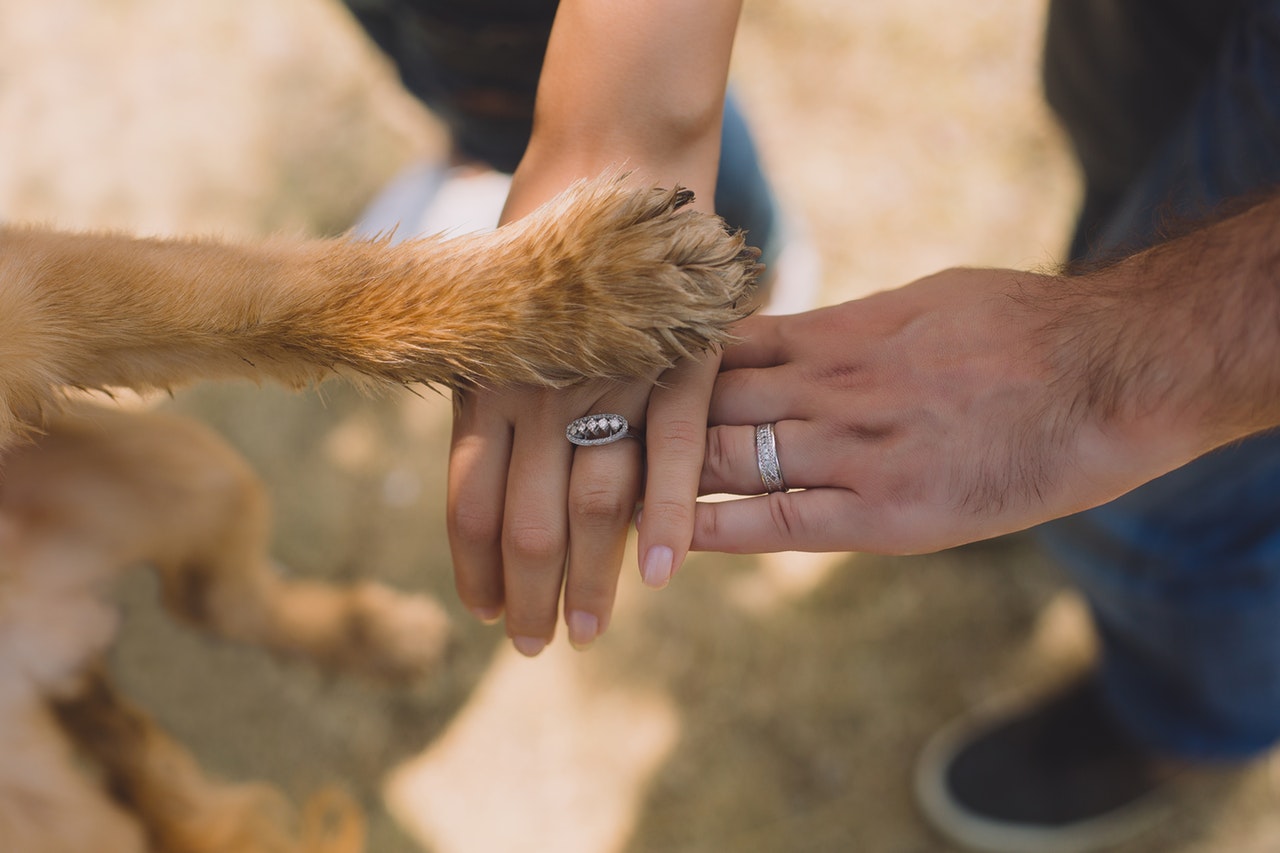Grief is a deeply personal, often isolating journey through the landscape of loss. It’s a universal human experience, yet one that can leave individuals feeling profoundly alone, overwhelmed by a cascade of complex emotions. While support from family, friends, and professional counselors is vital, there’s a growing recognition of another powerful source of comfort: therapy dogs. These specially trained canines are increasingly finding their place alongside traditional grief support methods, offering a unique blend of unconditional affection, silent companionship, and intuitive empathy that can bridge emotional divides where words sometimes fail. This article explores the multifaceted ways therapy dogs contribute to the healing process for those navigating the challenging path of bereavement.
The unspoken language of comfort: How therapy dogs connect with the grieving heart
At the core of a therapy dog’s effectiveness in grief counseling lies their innate ability to offer comfort without expectation or judgment. In moments clouded by sorrow, stress, and confusion, the simple, steady presence of a dog can be incredibly grounding. They don’t demand explanations or offer unsolicited advice; instead, they provide a quiet, accepting space where individuals can simply be with their grief. This non-verbal communication can feel less intimidating and more permissive than human interaction, allowing emotions to surface more naturally. As members of WAY Widowed and Young have shared, dogs often seem to intuitively sense distress, offering physical closeness like lying beside someone or gently licking away tears, providing solace during the darkest times. This unconditional positive regard is a powerful balm for the grieving heart, fostering a sense of safety and connection when individuals may feel most vulnerable and misunderstood.
Beyond companionship: Physiological and psychological relief in times of sorrow
The comfort provided by therapy dogs extends beyond the purely emotional; it has tangible physiological and psychological benefits backed by research. Interaction with a therapy dog – the simple act of stroking their fur, feeling their warmth, or meeting their calm gaze – has been shown to trigger the body’s relaxation response. Studies indicate that this interaction can lower blood pressure, slow heart rate, and decrease levels of cortisol, the primary stress hormone often elevated during periods of intense grief. Simultaneously, spending time with these animals can boost the production of ‘feel-good’ neurochemicals like serotonin, dopamine, and oxytocin, which are associated with improved mood, feelings of well-being, and social bonding. This biochemical shift can significantly alleviate symptoms of anxiety and depression that frequently accompany loss, creating a calmer internal state more conducive to processing grief and engaging effectively in therapeutic interventions, as highlighted by resources discussing animal therapy for grief and stress. This physiological relief helps create headspace, allowing individuals to move through their grief rather than being constantly overwhelmed by its physical toll.
Bridging the gap: Therapy dogs in specific grief contexts
The versatility of therapy dogs allows them to provide support across various grief counseling settings and demographics. Their presence is increasingly welcomed in funeral homes, offering solace during arrangement meetings, visitations, and memorial services. Facilities like Stuhr Funeral Home utilize therapy dogs to ease the tension and emotional strain for families making difficult decisions, finding that the dog’s presence creates a sense of relief and familiarity. National surveys confirm a growing interest among the public for such services, with organizations like the Alliance of Therapy Dogs (ATD) providing certified teams to support mourners. Therapy dogs are particularly effective in helping children and adolescents navigate loss. Young people may struggle to verbalize their feelings or feel uncomfortable expressing intense emotions publicly; a therapy dog offers a non-threatening confidante, facilitating emotional expression and providing comfort in unfamiliar, emotionally charged environments. Research into canine-assisted interventions for adolescents experiencing grief highlights their potential to enhance empathy and engagement in therapy.
Furthermore, specialized programs demonstrate the profound impact of the human-animal bond in healing from traumatic grief. The MISS Foundation’s Selah Carefarm, for example, integrates rescued animals, many with histories of trauma themselves, into their grief therapy programs for bereaved families. This unique approach fosters a powerful connection based on shared vulnerability and resilience, where the animals act as non-directive ‘therapists’. Engaging in the care of these animals can provide a sense of purpose and connection, allowing grieving individuals to find solace and healing through mutual caregiving. This model underscores the potential for animal-assisted therapy to offer restorative experiences that traditional methods might not fully address, creating a nurturing space for processing deep loss. The growing presence of therapy dogs in diverse settings, from funeral homes offering remote viewing options like TribuCast® alongside potential pet comfort, to specialized care farms, signifies a broadening understanding of how these animals can meet the varied needs of the bereaved.
Navigating the path forward: Considerations in canine-assisted grief support
As the use of therapy dogs in grief counseling expands, it’s crucial to approach this field with professionalism and ethical consideration. Therapy dogs are distinct from service animals (trained for specific tasks for individuals with disabilities) and emotional support animals (prescribed for mental health conditions). Therapy dogs require specific training and temperament evaluation to ensure they are suitable for interacting safely and effectively with diverse individuals in potentially stressful environments. Handlers, too, need training to facilitate therapeutic interactions appropriately and recognize signs of stress in their canine partners, ensuring the dog’s well-being. Organizations like Pet Partners define animal-assisted therapy as a goal-oriented intervention directed by health professionals, emphasizing the need for structure and documentation as discussed in works exploring the human-animal bond in grief therapy. It’s also vital to acknowledge that the powerful bond formed means the loss of a therapy animal itself, through retirement or death, can be a significant source of grief for clients and handlers alike, requiring its own sensitive management.
More than just a furry friend: The enduring power of canine presence in healing
The journey through grief is complex, often leaving individuals feeling adrift in a sea of sorrow. Therapy dogs offer a unique anchor in this storm. They don’t erase the pain of loss, but they can make it more bearable, providing moments of peace, connection, and even joy amidst the sadness. Their ability to offer unconditional love, reduce physiological stress, and facilitate emotional expression makes them invaluable allies in the healing process. As we continue to explore and understand the profound depths of the human-animal bond, particularly highlighted by the grief experienced even with animal companion loss, the role of therapy dogs in grief counseling stands out as a testament to the power of non-verbal empathy and unwavering companionship. They remind us that even in our darkest hours, connection is possible, and healing can come from the most unexpected, yet deeply intuitive, sources – often, with a gentle nudge from a wet nose and the steady rhythm of a quietly beating canine heart beside us. The presence of these animals doesn’t just distract from grief; it actively helps individuals move through it, fostering resilience one paw print at a time.



